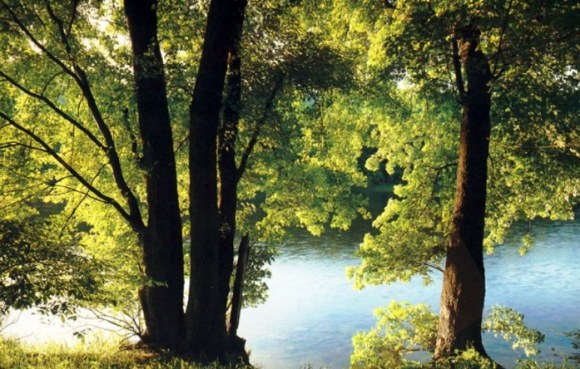
From outside, the Biodiversity Conservation India Limited (BCIL) office in the plush Sadashiva Nagar in Bangalore looks like any other building. But once you step inside, you realise that it is pleasantly different. A part of the premises is lit up and powered by wind energy, while a large number of flowerpots and a staircase, work as makeshift air-conditioners. And a machine that resembles a water dispenser converts moisture in the air into clean drinking water…
Click here to read the rest of the story.
Also read…








